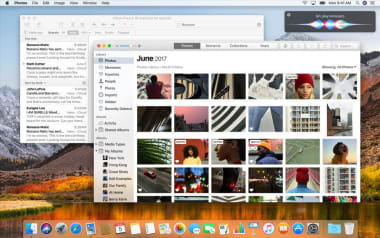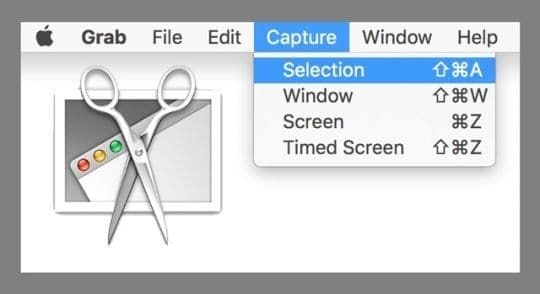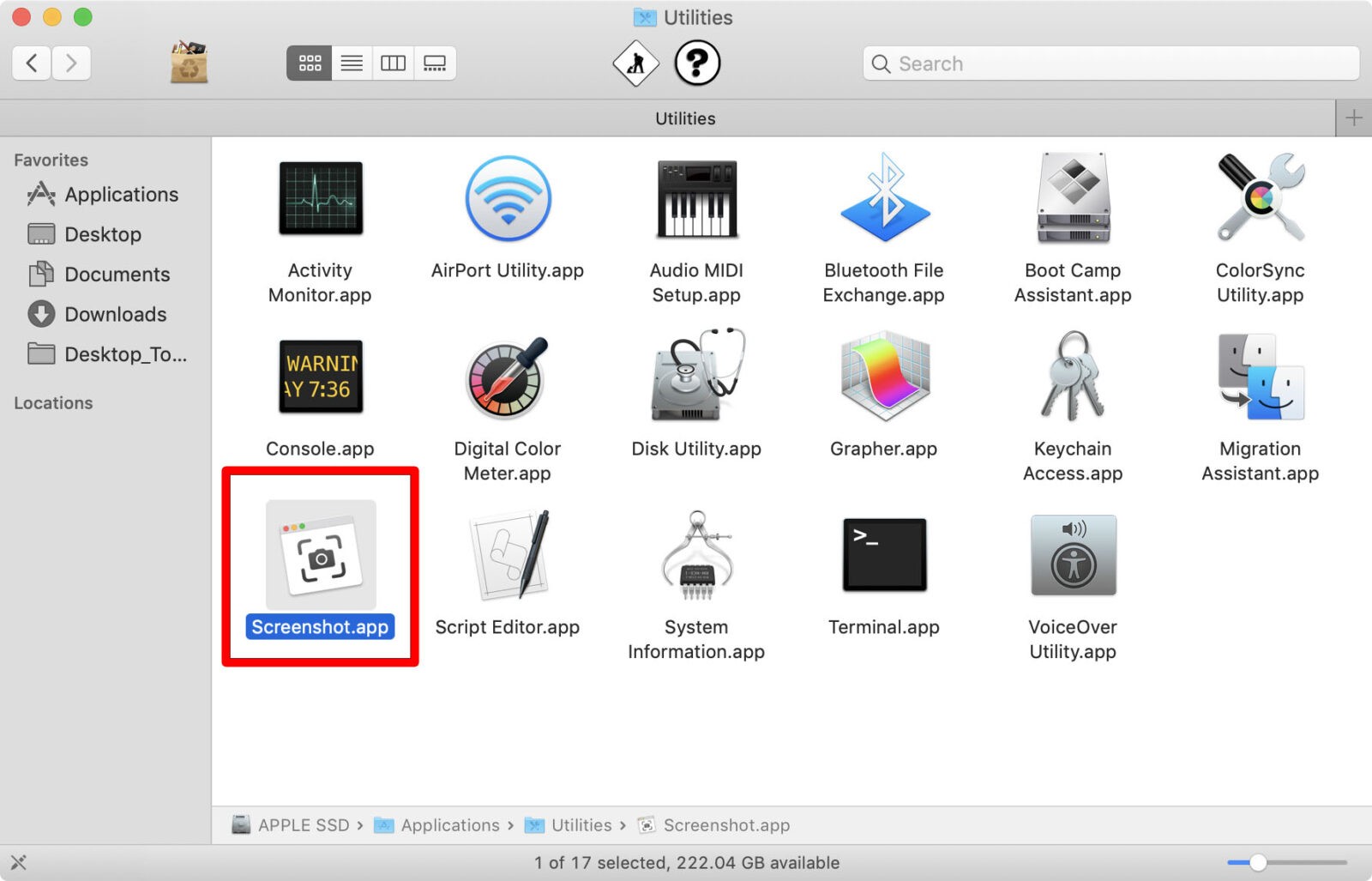
- SCREENSHOT IN MAC OS SIERRA HOW TO
- SCREENSHOT IN MAC OS SIERRA MAC OS X
- SCREENSHOT IN MAC OS SIERRA UPDATE
- SCREENSHOT IN MAC OS SIERRA FREE
Screenshots are saved by default to the user’s desktop. Change the default location to which screenshots are saved
SCREENSHOT IN MAC OS SIERRA UPDATE
This will create a series of screenshots named “Chapter 1 2013–03–01 at 9:29 PM.” In the case of our book example, you’ll update the Terminal command as you start each new chapter. For example, if you’re taking screenshots for a book and would like to keep them organized by chapter, enter: defaults write name “Chapter 1” If it’s a single word, you can simply type it in place of, but if it’s a phrase with one or more spaces, you need to put the phrase in quotations. Replace with the custom name you’d like to use with each screenshot. To do this, type the following command into Terminal and press Return: defaults write name You cannot remove the date and time from the name but you can easily change “Screen shot” to something else. ” As an example, a screenshot taken on Friday, March 1, at 9:29 PM will be saved as “Screen shot 2013–03–01 at 9:29 PM.” OS X saves each screenshot with the name “Screen shot at. Now, on to the options for customizing OS X Screenshots:
SCREENSHOT IN MAC OS SIERRA FREE
Also, every change made below can be easily reversed to the default setting by reentering the command with default values, so feel free to experiment with the different options. If you don’t type this, your changes won’t be noticeable until you restart the Mac. Second, after inputting every command that is described below, you’ll need to type the following command to force the changes to take effect: killall SystemUIServer You can also quickly launch Terminal by searching for it with Spotlight. You can find Terminal in the Utilities subfolder of your Applications folder. Now that you know the basics, let’s get to the customization options. First, you’ll need to use Terminal to take the steps described in this tutorial. This app gives users access to the same functions discussed above, as well as a timer option that automatically takes a screenshot ten seconds after it is activated. In addition to the screenshot shortcuts, users can also open the Grab app, located in /Applications/Utilities. If you add the Control key to any of the combinations above, your screenshots will be saved to your clipboard instead of being created as an image file.
SCREENSHOT IN MAC OS SIERRA HOW TO
Using any of the shortcuts above will create a screenshot file on your Desktop (by default we’ll show you how to change this location later on).

Click the mouse or trackpad once and a screenshot of just that one window will be created.


Hover this icon over a window and you’ll see the window become shaded in blue. The crosshairs will turn into a camera icon. To use this shortcut, press Command + Shift + 4 first, then tap the Spacebar. Note that before you click, the pixel count displayed beneath the crosshair represents the pixel coordinates of your display (with 0, 0 representing the top-left of your screen), while after you click and begin to drag, the pixel count represents the size of the selected area.Ĭommand + Shift + 4 + Spacebar: Take a screenshot of the selected window. Simply position the crosshair in one corner of the area you’d like to capture, click and hold the mouse or trackpad, and drag to paint the area you will capture. Pressing this shortcut will turn your mouse cursor into a crosshair with pixel information. If you have multiple displays, a separate full-screen screenshot will be created for each display.Ĭommand + Shift + 4: Take a screenshot of a defined area. Each of these can be triggered with a keyboard shortcut:Ĭommand + Shift + 3: Take a screenshot of the entire screen. There are three primary screenshot types in OS X: capture the entire screen, capture the selected window, or capture a defined area. The Basicsīefore we get in to the customizable settings for screenshots, let’s go over a few basics on exactly how to take screenshots (experienced users can skip this section). Thankfully, nearly every aspect of OS X screenshots can be customized using the Terminal app. OS X features powerful built-in tools for taking screenshots, but the default format and location of the captured images may not be suitable for every user.
SCREENSHOT IN MAC OS SIERRA MAC OS X
The Complete Guide to Mac OS X Screenshots


 0 kommentar(er)
0 kommentar(er)
